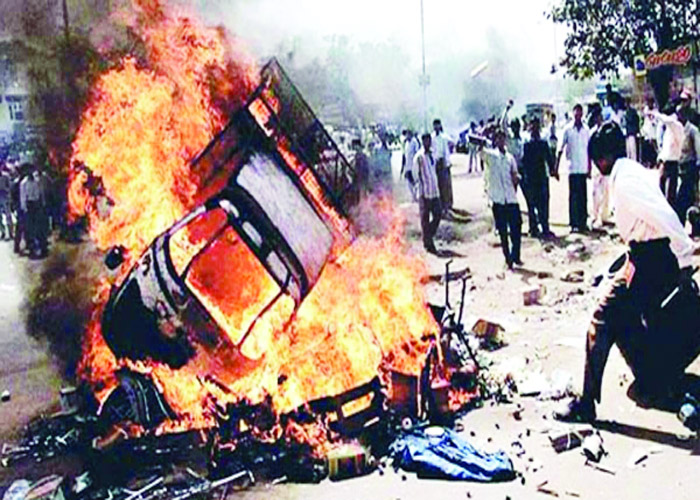Urban violence and crime persist around the world and are often blamed on police and socio-economic factors, but the deeper causes lie in the conflict between urban life and human nature.
Urban violence and crime continue to be a global concern. In this context, the quality and adequacy of policing, as well as some social and economic factors, have been discussed, but the underlying cause has not been sufficiently considered: the conflict between the nature of urban life and the direction of the human psyche as it has evolved. This issue is comprehensively addressed by Desmond Morris in The Human Zoo. His focus is not on crime, but on the broader consequences of the conflict in terms of the future of humanity. However, his observations have implications that cannot be ignored by anyone who seriously studies urban violence and crime.
According to Morris, the main cause of the clash between urban life and the human psyche is overcrowding due to population growth. He begins his book by describing two very different scenarios. In the first scenario, the people are members of a tribe of 60 “closely packed” people, living in an area 20 miles long and 20 miles wide that is covered in forests and inhabited by “animals large and small.” In the second scenario, the people live in an area of the same size, but “civilized and inhabited by machines and buildings,” with “6 million closely packed people” and “100,000 individuals for every person in the first scene.”
This change has taken place over the past few thousand years, but according to Morris, evolutionarily speaking, it has been “almost instantaneous.” Humans have adapted so well to their new environment that we have been led to believe that this was a gradual process, and that we are biologically well equipped to cope. This is not the case, however. Biologically, humans remain the simple country animals described in Scene 1 above. According to Morris, humans “have been that way for a demanding period of a million years, not a few centuries.” Humans “changed biologically” during this period as the pressures of survival shaped them, and “evolved spectacularly.”
The problem, according to Morris, is that humans evolved as tribal animals, and “the fundamental feature of tribes is that they operate on the basis of local interpersonal relationships. To abandon this basic social pattern, so typical of the ancient human condition, would be anti-human.” But this is exactly what humans had to do with the emergence of towns. Links between cities developed with the growth of agriculture and trade. Humans “became citizens, supertribal humans, with the key difference that, as supertribal humans, they no longer knew each member of their community personally.” This change from a personal to an impersonal society “would cause the greatest suffering to the human animal over the next few millennia. As a species, we were biologically unprepared to deal with large groups of strangers masquerading as members of our tribe. It was something we had to learn, but it wasn’t easy. We’re still fighting it, in all sorts of hidden and not-so-hidden ways.”
People have tried to satisfy their need for cooperative relationships by forming tribe-sized “subgroups or pseudo-tribes within the main body of a super-tribe” with their social or professional peers. But this also meant that other subgroups were viewed as outside of tolerance and their members, even if they knew them personally, were treated just as badly as members of the impersonal mob.
The author feels that criminal gangs are one such subgroup or quasi-tribe. These are small groups whose members can be likened to tribal hunters who seek out prey, not animals but human victims of their crimes. This is especially true in cases of armed robbery and targeted mob violence. Gang leaders, like the hunter leaders before them, not only guide and protect their gang members, but also demand unconditional obedience and are ruthless towards anyone they perceive as abandoning or betraying them.
Mobs have existed since the beginning of urban life, and mob dynamics make them prone to violence and criminal activity. Mob anonymity makes them less detectable in cases of collective violence, and leadership struggles lead to attempts to garner support through competitive encouragement of violence. Similarly, individual members of a mob may try to stand out in the crowd by independently committing or calling for violent acts.
Even without mobs or gangs, overcrowding can irritate people and cause minor incidents to escalate into violence, as seen in the case of “road rage.” Climate change will make things even worse, with rising temperatures, torrential rains, flash floods, cyclones, tornadoes and super-tsunamis becoming more frequent and severely affecting cities and towns.
A serious global debate is needed about all aspects of urban life, including law and order. We certainly cannot reverse the course of history and return to tribal life. But we can consciously address the problem and devise patterns of community existence that foster contact between individuals and reduce the scope for conflict between subgroups. Unfortunately, no such effort is being made.
(The author is a consulting editor for The Pioneer. Opinions are personal.)


